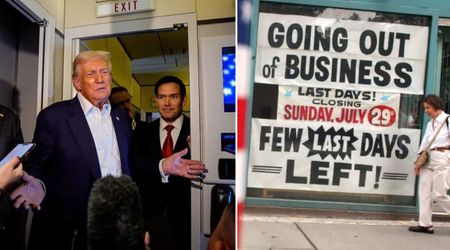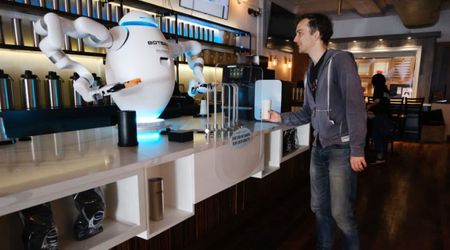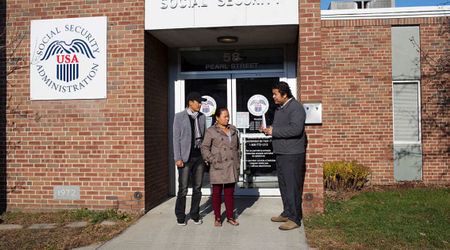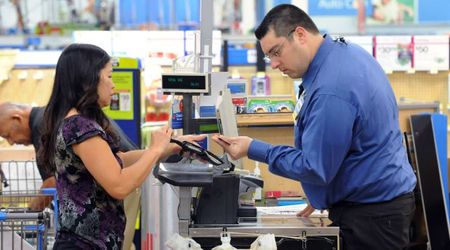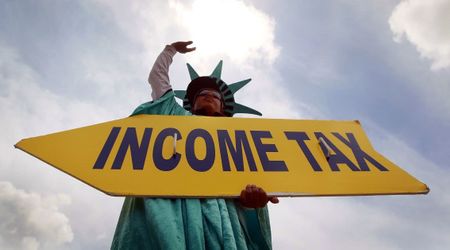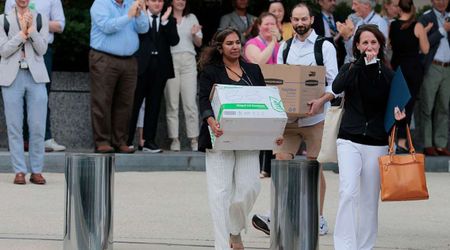Tipping for Uber Drivers Sounds Like a Great Idea; But Here's how it Actually Impacts Them

The gig economy has opened up employment opportunities for several delivery riders, freelance workers, and others such as cab drivers. Adoption of these services was followed by negotiations and debates about the appropriate compensation for gig workers and this discourse also covered tips for their service. The introduction of tipping for Uber drivers was initially met with applause, seen as a positive step towards better compensation for those behind the wheel. However, delving deeper into the dynamics of tipping reveals the consequences of the move, which might not be immediately apparent to the casual observer.
Travis Kalanick's departure from Uber marked a shift in leadership, and one of the initial changes under new management was the introduction of tipping for drivers.

The analogy involving hotels and tipping serves as a key example to explain the impact of such a policy. Hotels often encourage guests to tip housekeepers, allowing the establishment to pay these workers less or avoid increasing their wages. Similarly, in the gig economy, tipping can be a double-edged sword, as it might not necessarily translate to higher base pay for drivers, since the introduction of tipping can give companies like Uber the leeway to pay their drivers less.
The lack of certainty in tipping creates a precarious situation for gig workers. Drivers might accept lower base pay with the anticipation that tips will make up the difference. However, if tipping falls short of expectations, it directly reduces the overall income of drivers, leading to dissatisfaction and potentially causing skilled drivers to seek alternative opportunities.
The consequences of this dynamic are evident in the recent findings of the Gridwise Gig Mobility Report. The report reveals a 17.1% decrease in Uber driver earnings in 2023 compared to the previous year. This decline is attributed to the reliance on tipping, which, in reality, may not be as substantial as drivers anticipate.

Surprisingly, the report highlights a significant disparity in tipping behavior between food and grocery delivery drivers and rideshare drivers. Food and grocery drivers rely on tips for 51% of their income, while only 28.3% of rideshare trips result in tips. This discrepancy shows how unpredictable tipping in the gig economy is, and how it makes drivers vulnerable to fluctuations in income.
Drivers seeking better wages are also replaced by newcomers who may operate older and less-maintained vehicles, leading to a decline in the overall customer experience.

While tipping may seem like a straightforward way for customers to support gig workers, it inadvertently becomes a tool for companies to cut costs. In the case of Uber, the company seems to be paying drivers less under the assumption that tipping will make up the difference. However, the reality is that tipping rates are often lower than expected, resulting in a lose-lose situation for both drivers and passengers.
To sum it up, tipping, intended to benefit drivers, has become a mechanism for companies to reduce labor costs, ultimately leading to a decline in driver earnings and service quality. As we navigate the gig economy, understanding the true implications of tipping is crucial for both consumers and the workers who rely on these platforms for their livelihoods.
